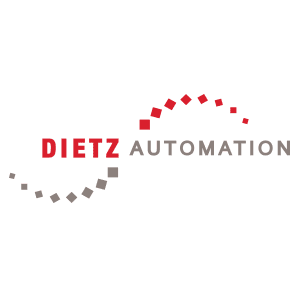
The new interoperability test system further enhances the quality of the FDT based products and will, in time, become part of the certification process
The FDT Group announces that the FDT test system, built up for the first interoperability project in 2005 and extended with the interoperability projects 2 and 3, is now turned into a permanent test and certification laboratory.
This first permanent test system is accessible to all FDT members and will be maintained and operated by Dietz Automation at their facility in Neukirchen, Germany. It is now accessible not only during the interoperability project workshops, but also whenever a company requests a test session matching its development process. The opportunity of remote tests via internet offers comfortable access for developers all over the world.
The current system consists of 10 FDT frame applications (systems or engineering tools) from 7 vendors, 35 different devices with DTMs from 15 vendors and 6 communication DTMs from 4 vendors. It uses the most familiar digital protocols PROFIBUS, HART, and FOUNDATION Fieldbus.
Many FDT/DTM tests scenarios can be performed, such as DTM tests in the different frames, DTM interoperability with other DTMs, frame tests with different communication and device DTMs, etc.
Achim Laubenstein, VP of Technology for the FDT Group declares “This facility is set up in response to our end users who recognize the benefits of interoperability testing in automation projects. FDT Group has decided to make Interoperability testing part of the FDT certification process starting end 2009. FDT Group members should as of now use the opportunity to test their products in a large and diverse system environment.”
About the FDT Group AISBL™
The FDT Group AISBL is a non-profit corporation consisting of over 70 leading worldwide companies active in process and factory automation. The major purpose of the FDT Group is to provide an open and non proprietary interface for the integration of field devices with engineering, automation and asset management systems. In this environment, end users, manufacturers, universities and research organizations are working together to develop the technology, provide development tools, support and training, coordinate field trials and demonstrations, and enable product interoperability.
###